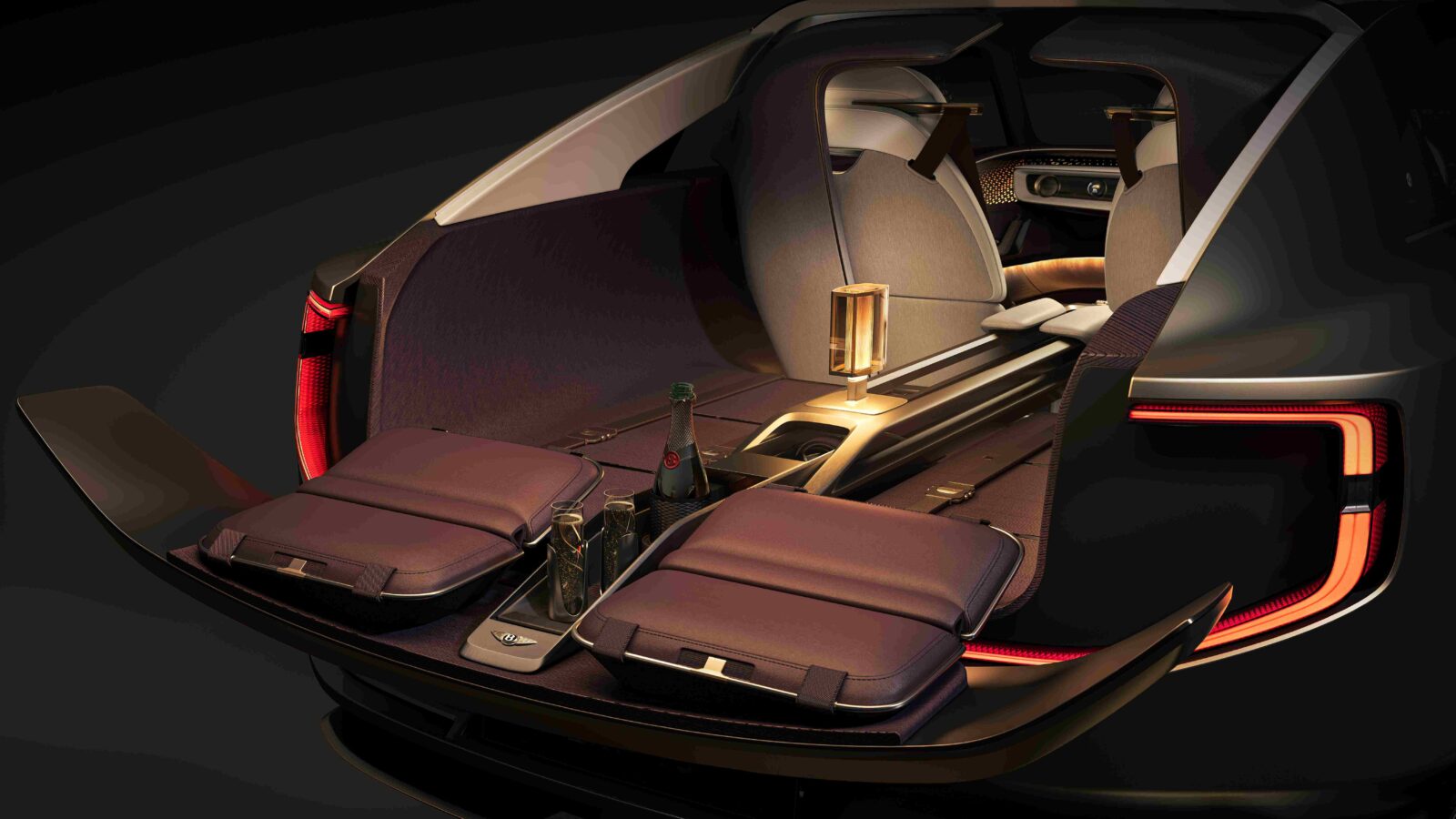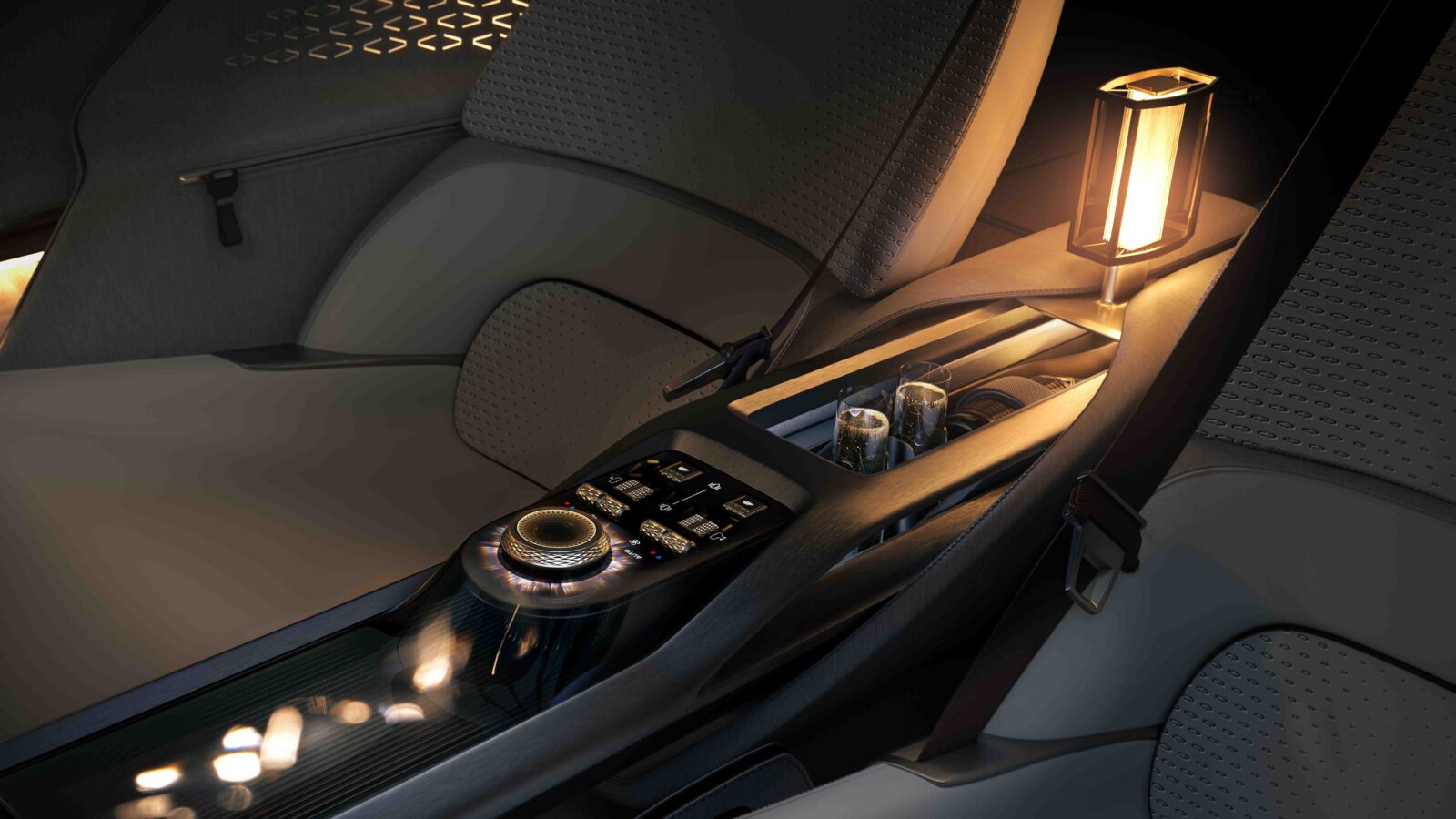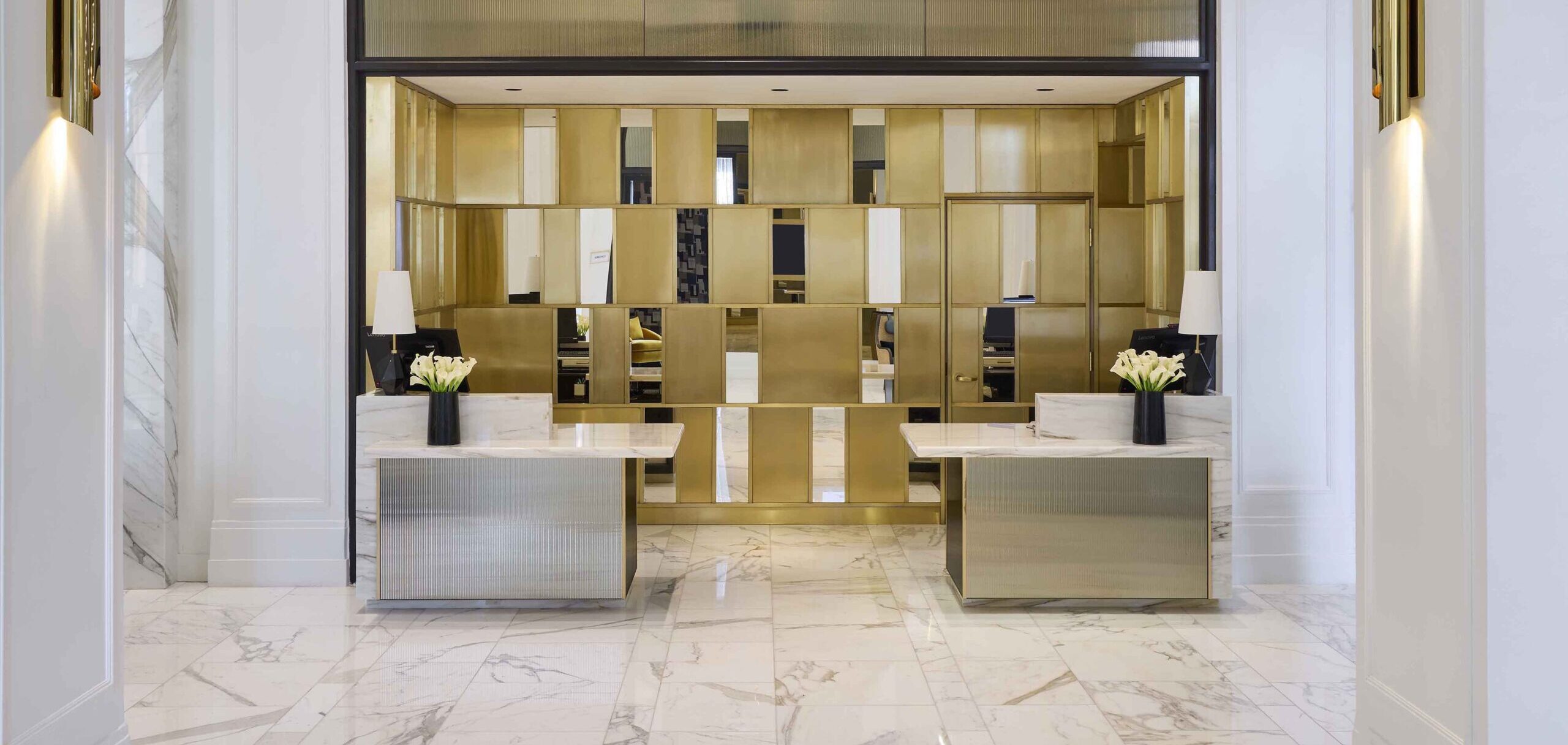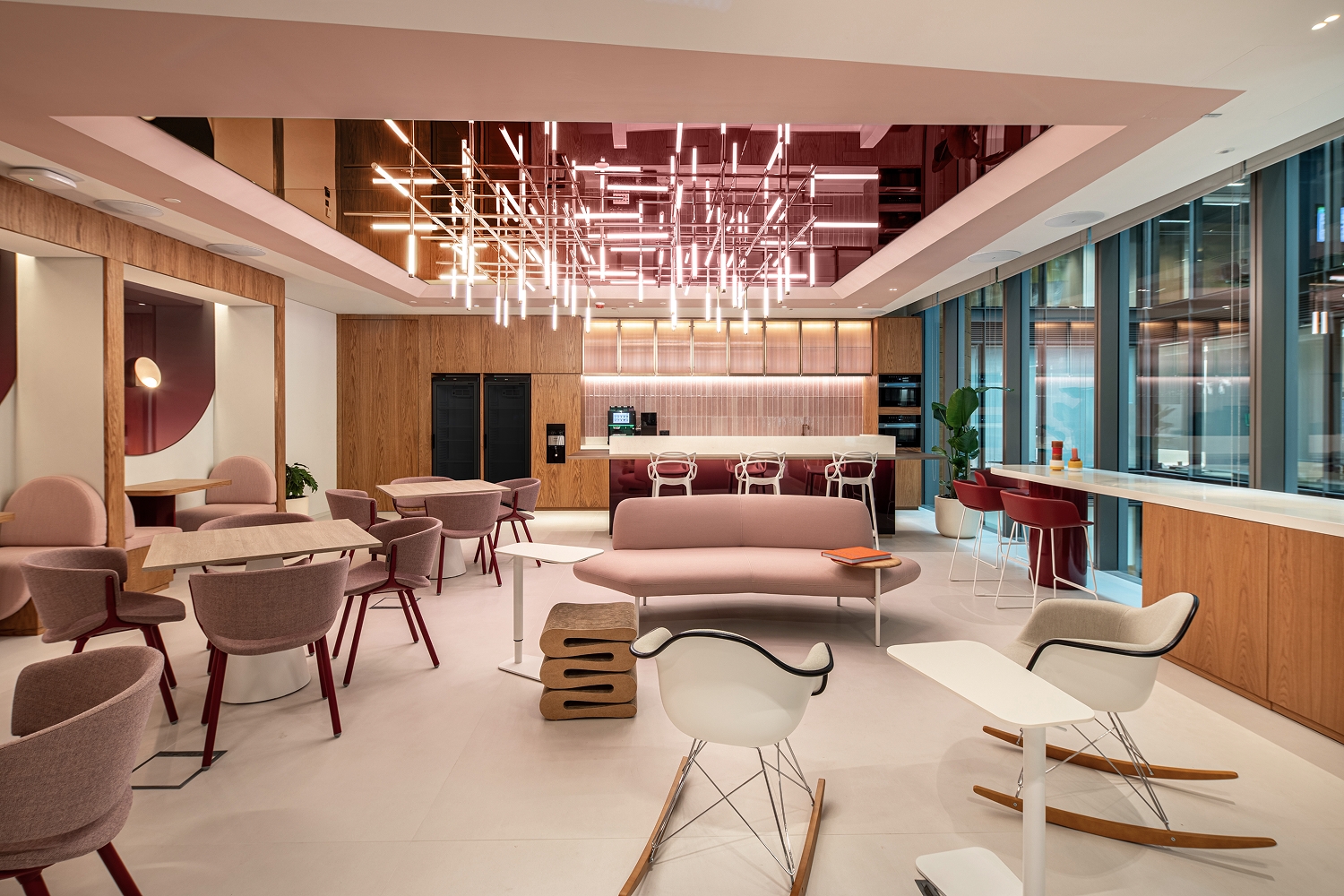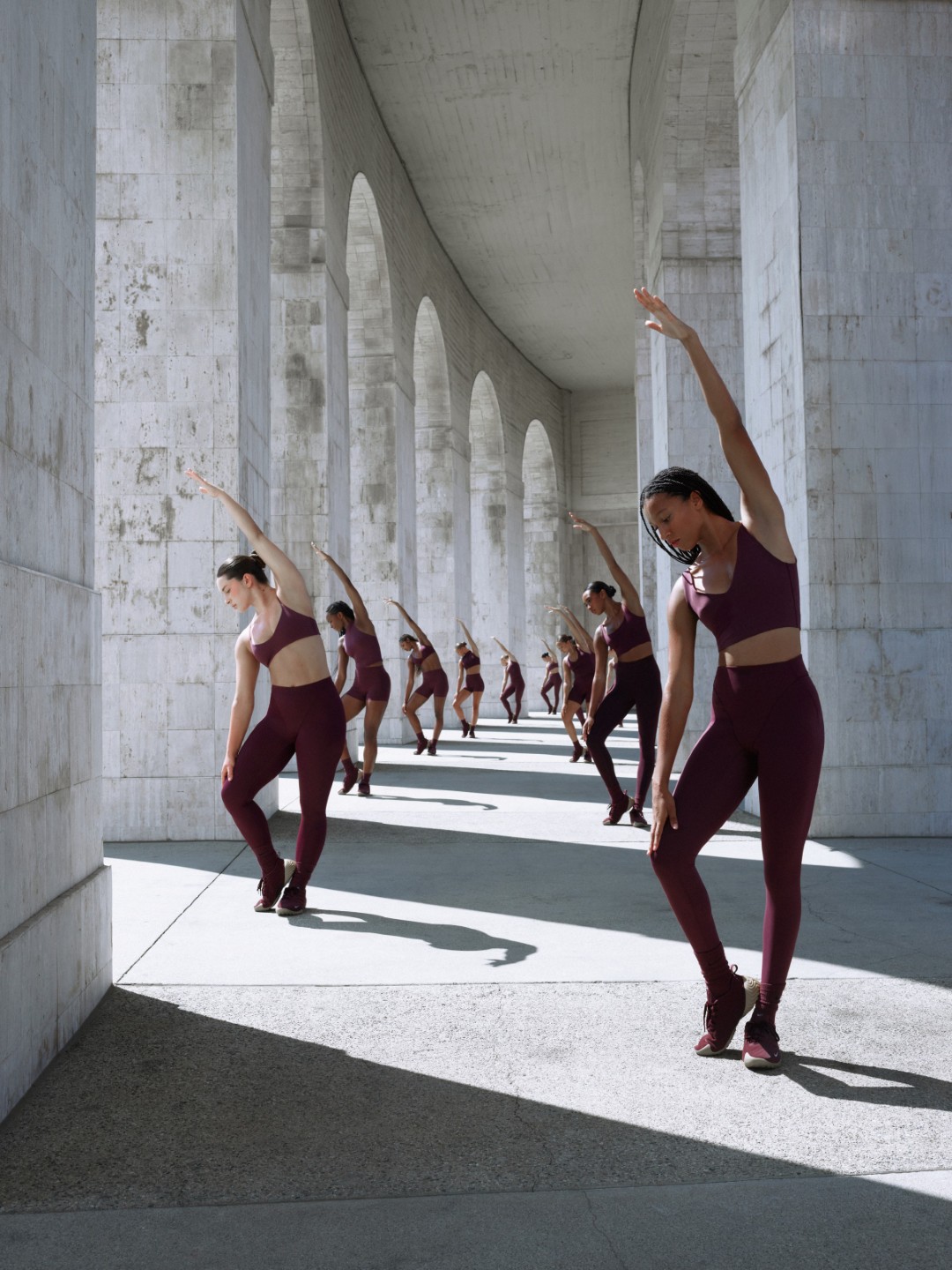Header: Courtesy of Bentley Motors
Bentley has recently presented the EXP 15 concept at its design studio, marking a new opening for the brand, and shared the direction that future models are set to follow. Inspired by the Speed Six coupe from 1930 and the Blue Train story for proportion and layout, the model is not meant to go into production, acting more as a show car that opens the future to the world. It was through this model that Bentley tested ideas for an upcoming battery-electric programme without committing to timelines or specifications.
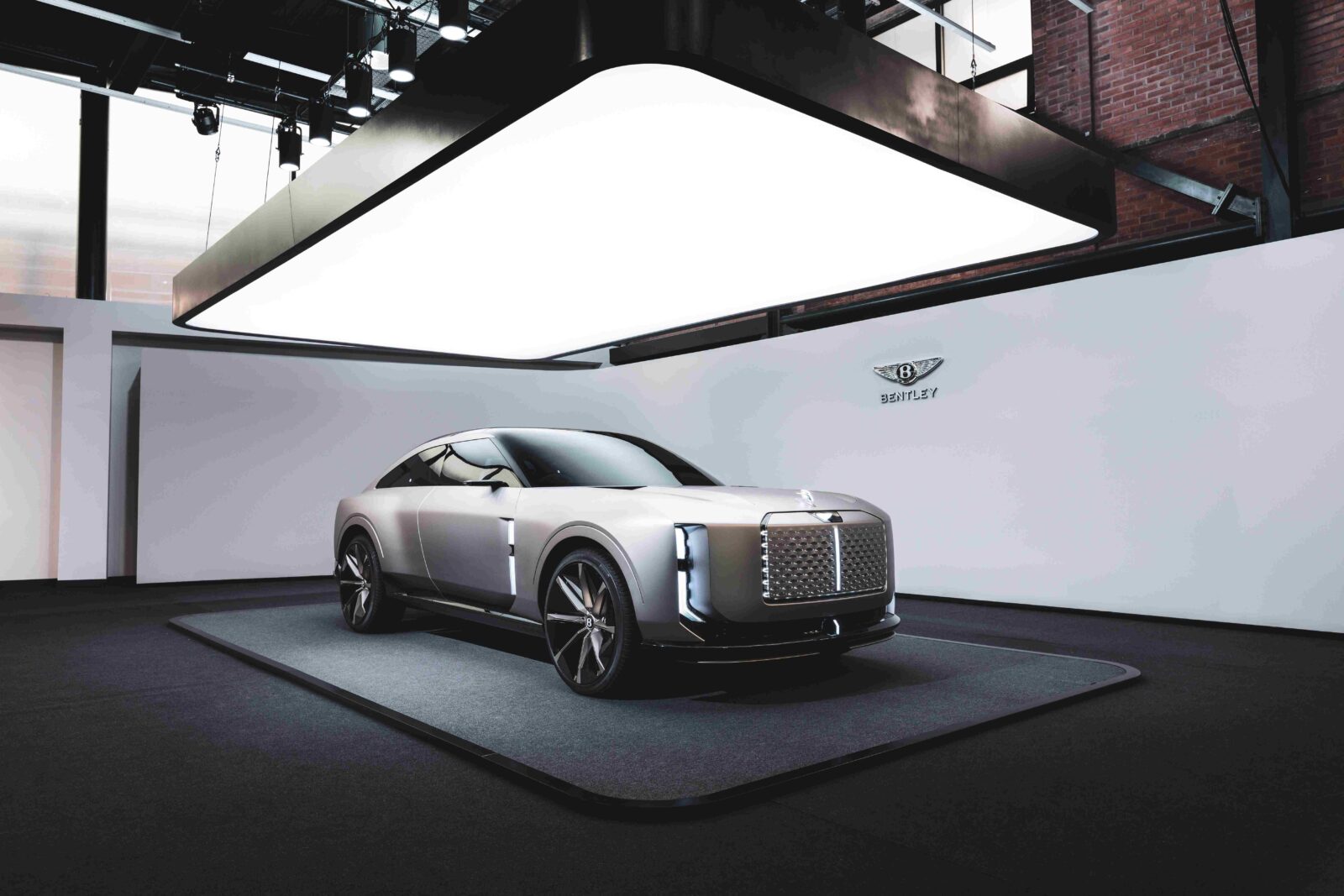
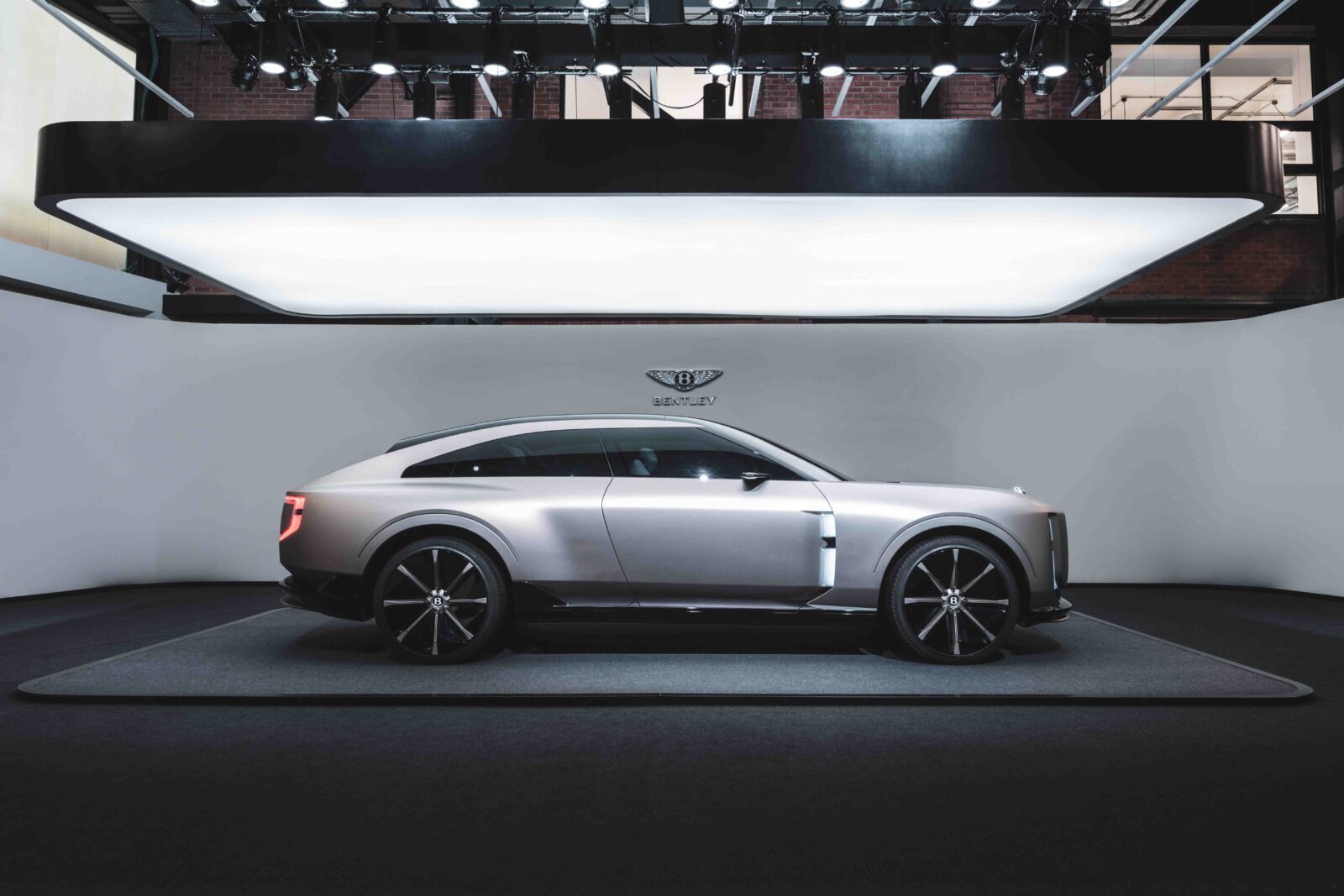
The exterior
The exterior features a grille that runs through the centre from top to bottom, a bonnet line that extends under the side glass to the rear pillar, and a cabin positioned further to the rear, shifting visual weight over the wheelbase. With less need for engine space, the area under the bonnet holds two storage compartments that open via paired panels with piano-type hinges, which makes use of space that was once for engine hardware. The body introduces lighting, vents, and active aerodynamic parts as functional components rather than decorative elements, so each element supports airflow, visibility, or drag control.
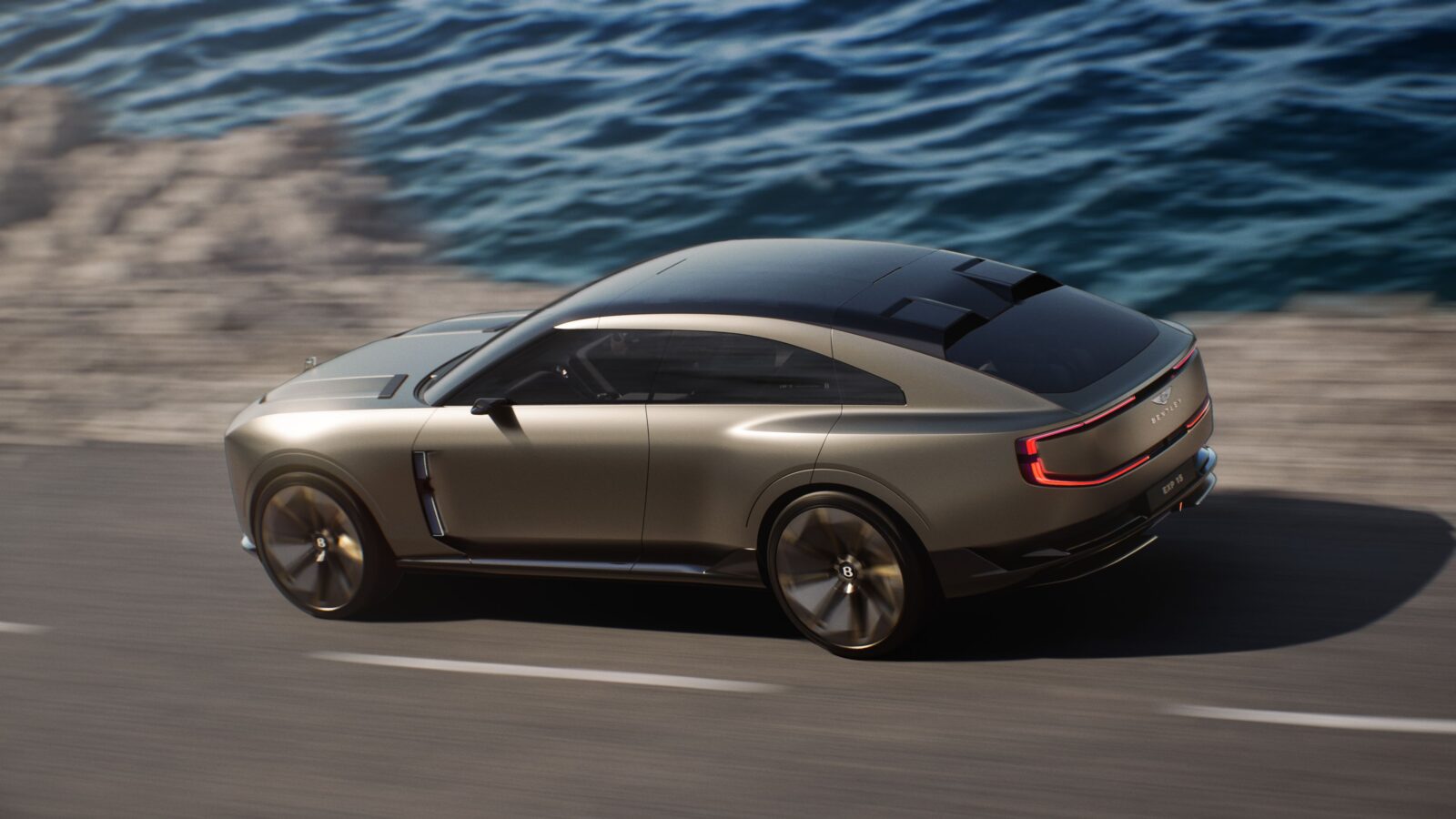
The design team describes five exterior rules that guide the reading of the car in profile and plan, beginning with a near-vertical front line that sets up the face in silhouette and keeps brand recognition across projects. A grille stays in place as a clear front structure even as cooling needs change, while the bonnet line becomes a single datum that ties the side together from front to back and frames the twin storage panels under the bonnet. Body volume gathers over the wheels at the back, and the ratio of body to cabin sits at two to one, with a flat plane at the back forming part of the tailgate to carry lighting and brand marks in one zone.
Surface work aims for clear cuts and simple intersections, so large areas read as single forms and edges avoid visual noise, which helps people understand mass and line without extra trim. At the front, four light strips sit near the corners to mark width and a light spine divides the grille into two fields, which sets a clear signal at night and creates a simple graphic during the day. Behind the front arches, vents relieve pressure and set a break in the body side, while at the back, two light bars stand proud to aid airflow and reveal depth. Furthermore, a pair of spoilers and a diffuser change pressure and drag when speed or state demands it.
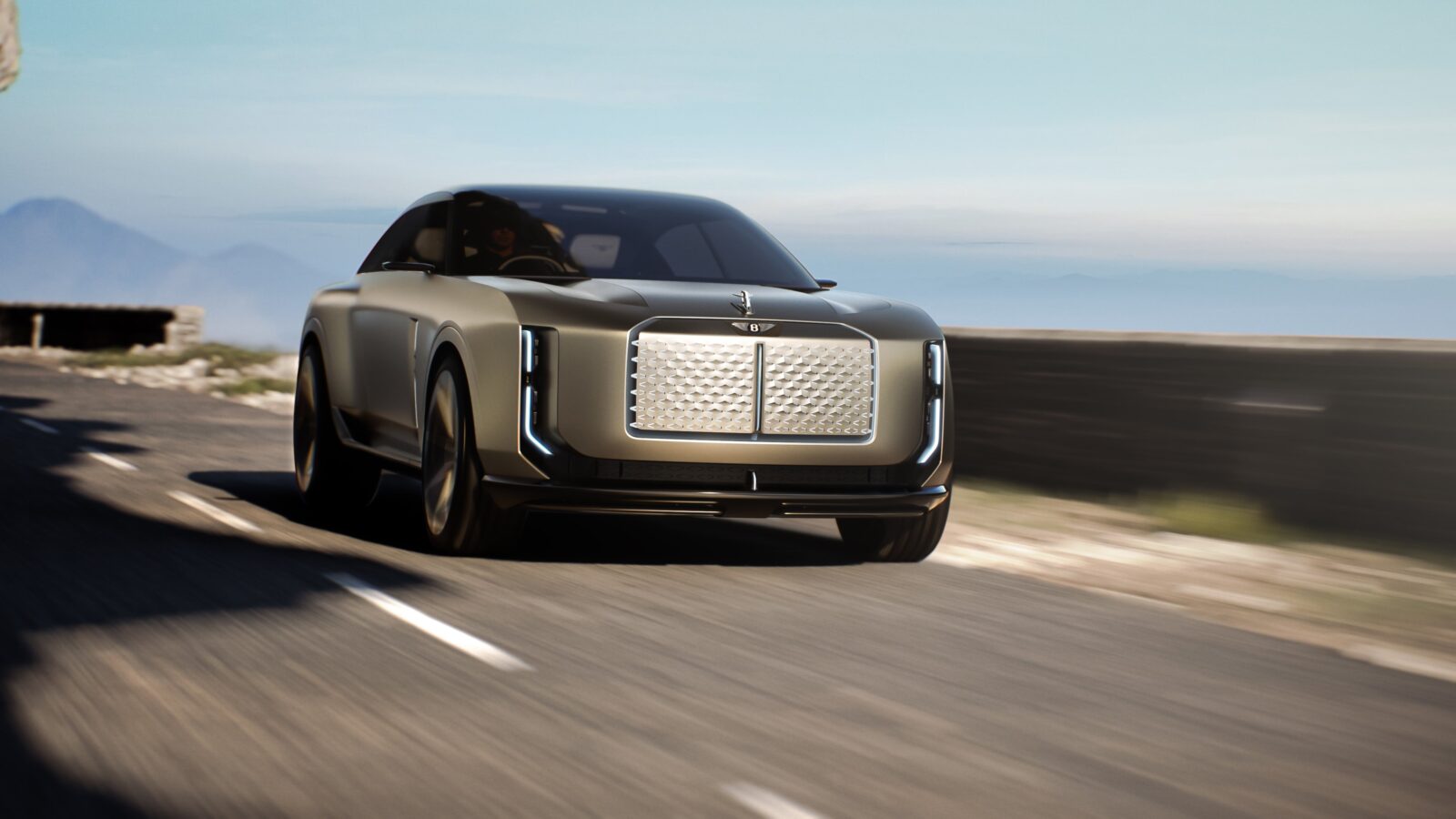
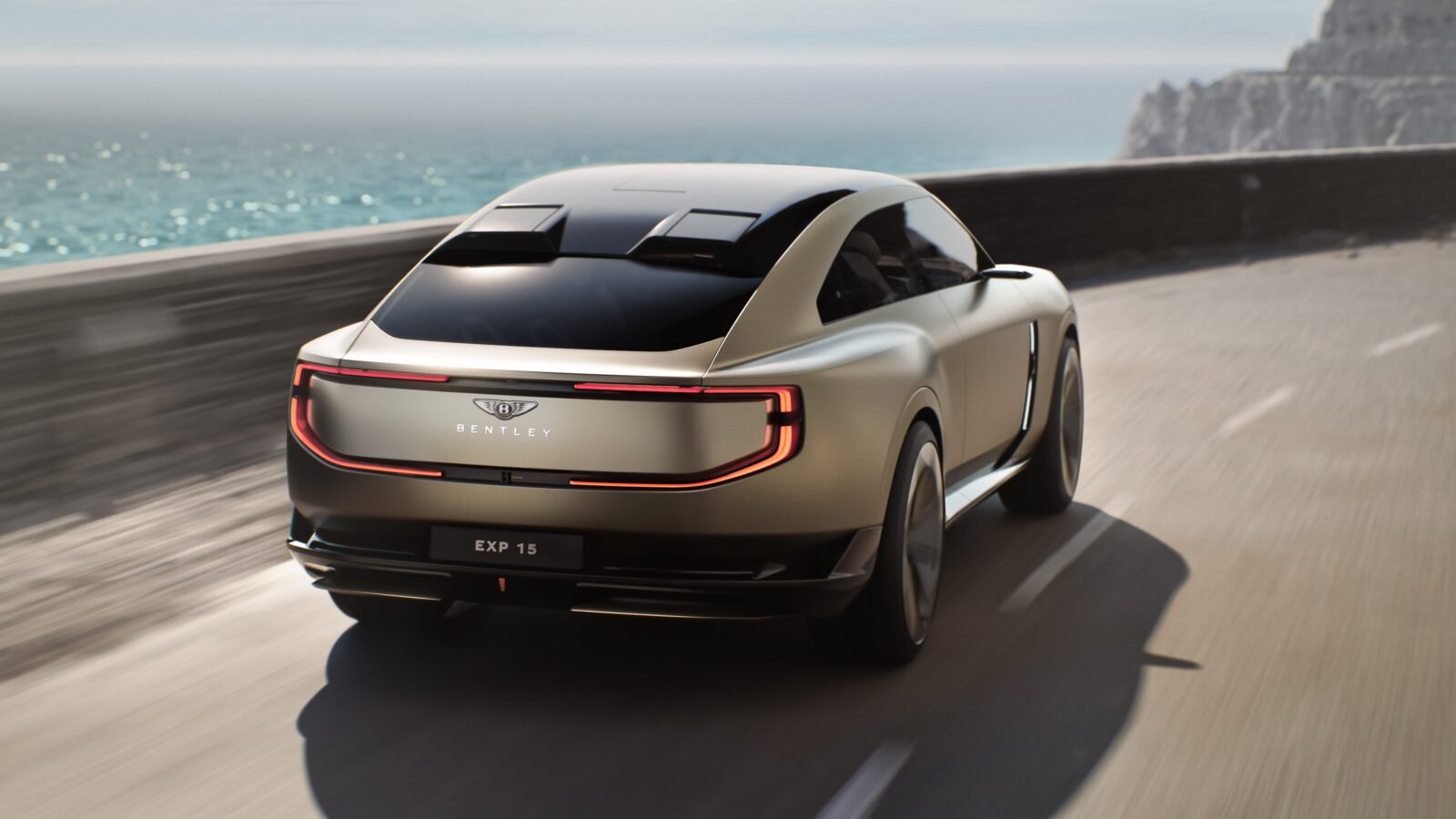
The inside
Inside, the team used VR to test seating and controls with people, which made it possible to move quickly between layouts and see how features live together over time rather than in a single snapshot. The package sets three seats and three doors, with one door on the driver’s side and two coach doors on the passenger side that open with a section of the roof to make access simple without awkward moves or tight angles. The passenger seat can swivel by 45 degrees and slide next to the driver into a mid-cabin position and also into a reclined position, with the floor holding folding footrests that create a shallow compartment for a pet or hand luggage.
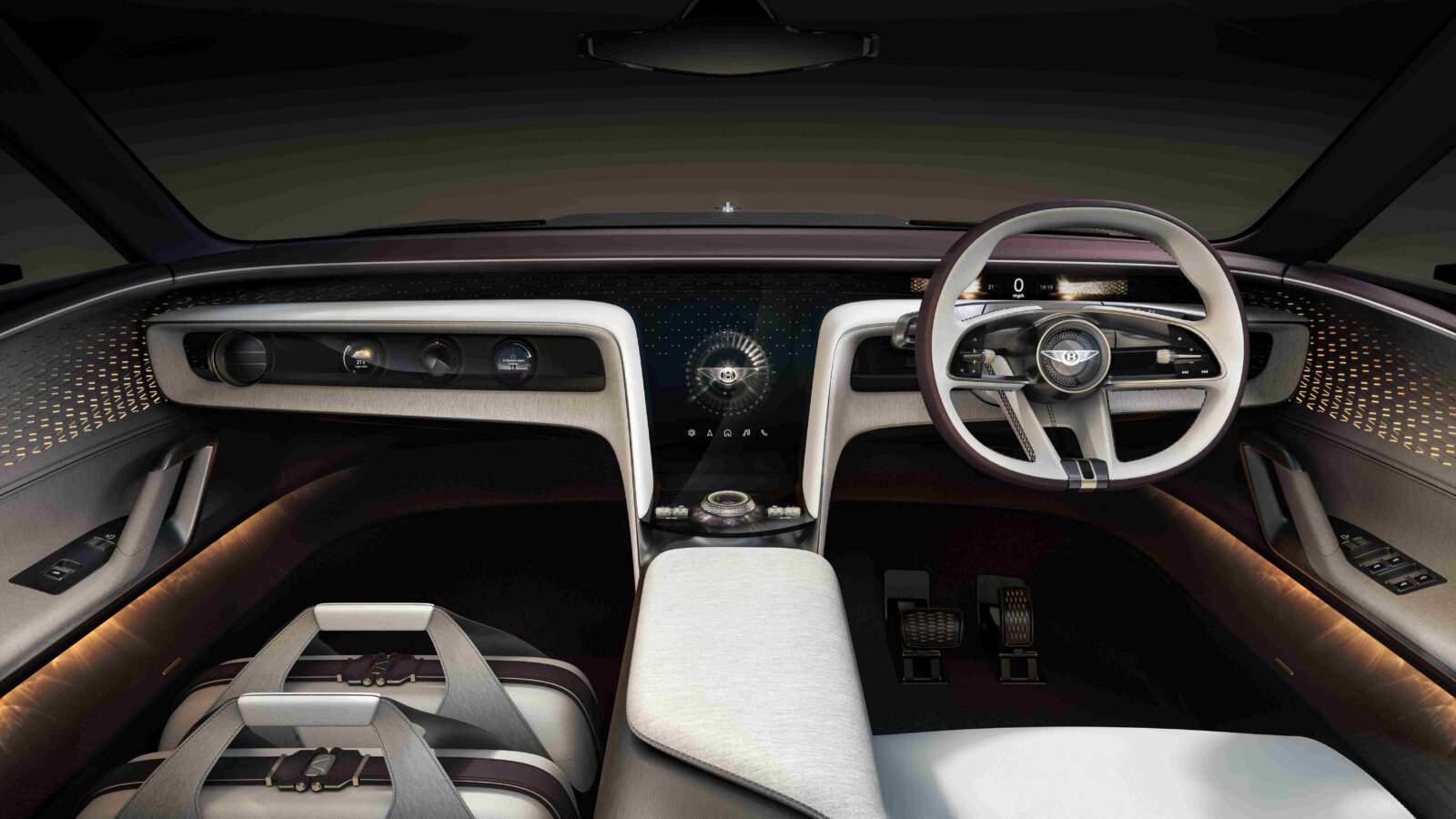
When the boot is open, two small seats can fold out and a lamp and a fridge can slide back from the rear seats, which turns the tailgate area into short-stop seating without extra kit. This setup treats the car as a space that can switch roles between travel and pause with minimal steps, which aligns with how many people already use cars as flexible rooms between places. The aim is to reduce the number of separate objects people need to carry to achieve the same outcome.
Interior principles include a dashboard with a wing-like plan, large continuous areas of wood, metal, or stone that people can see and touch without breaks, and a set of recurring parts such as circular vents, knurled switches, and a quilt pattern. A canopy on the passenger side wraps over the seat to create privacy when needed without a fixed wall, and the setup supports the seat modes noted above without extra mechanisms. The approach sets out how recurring brand elements can sit next to changeable tech without conflict.
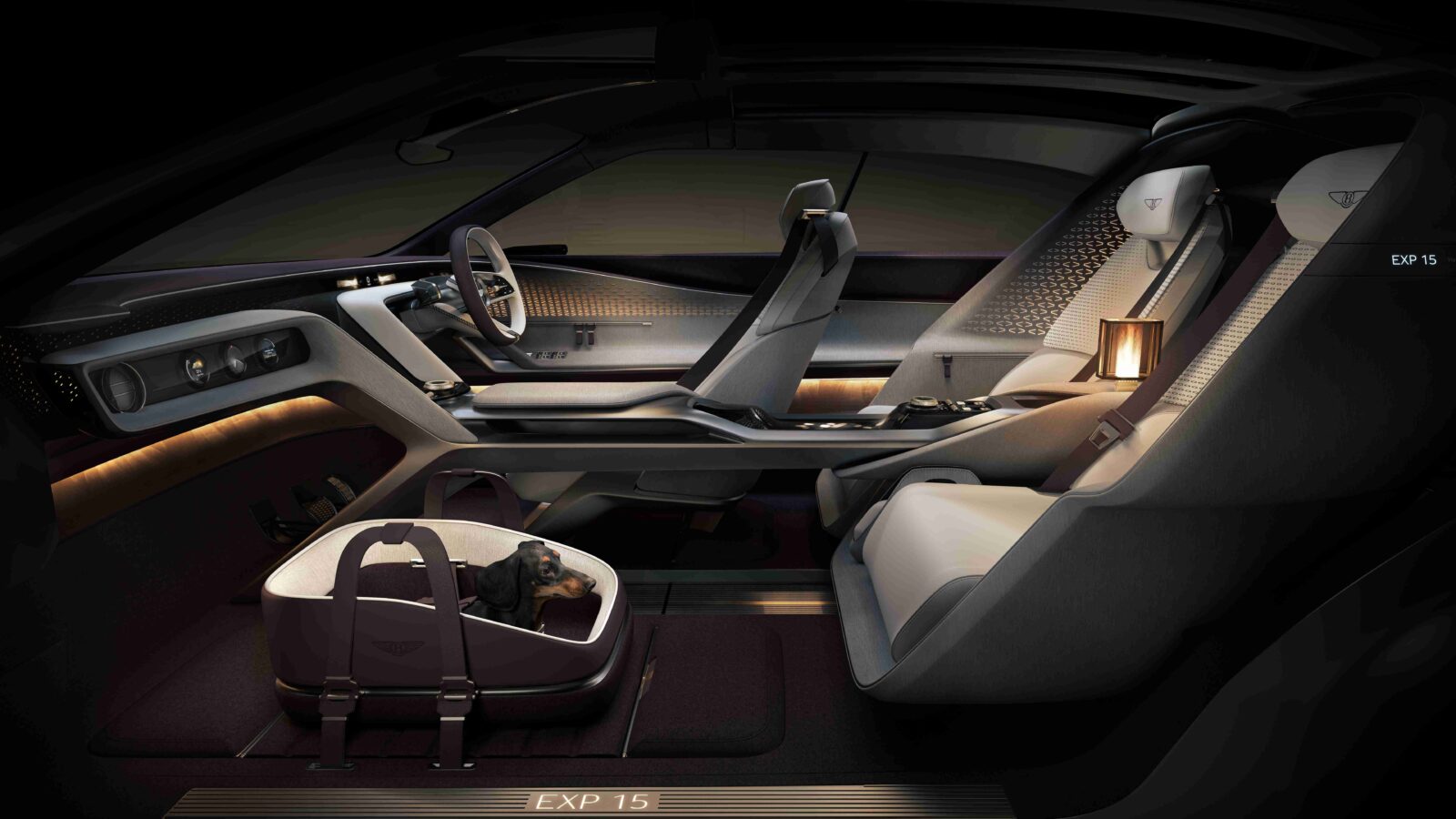
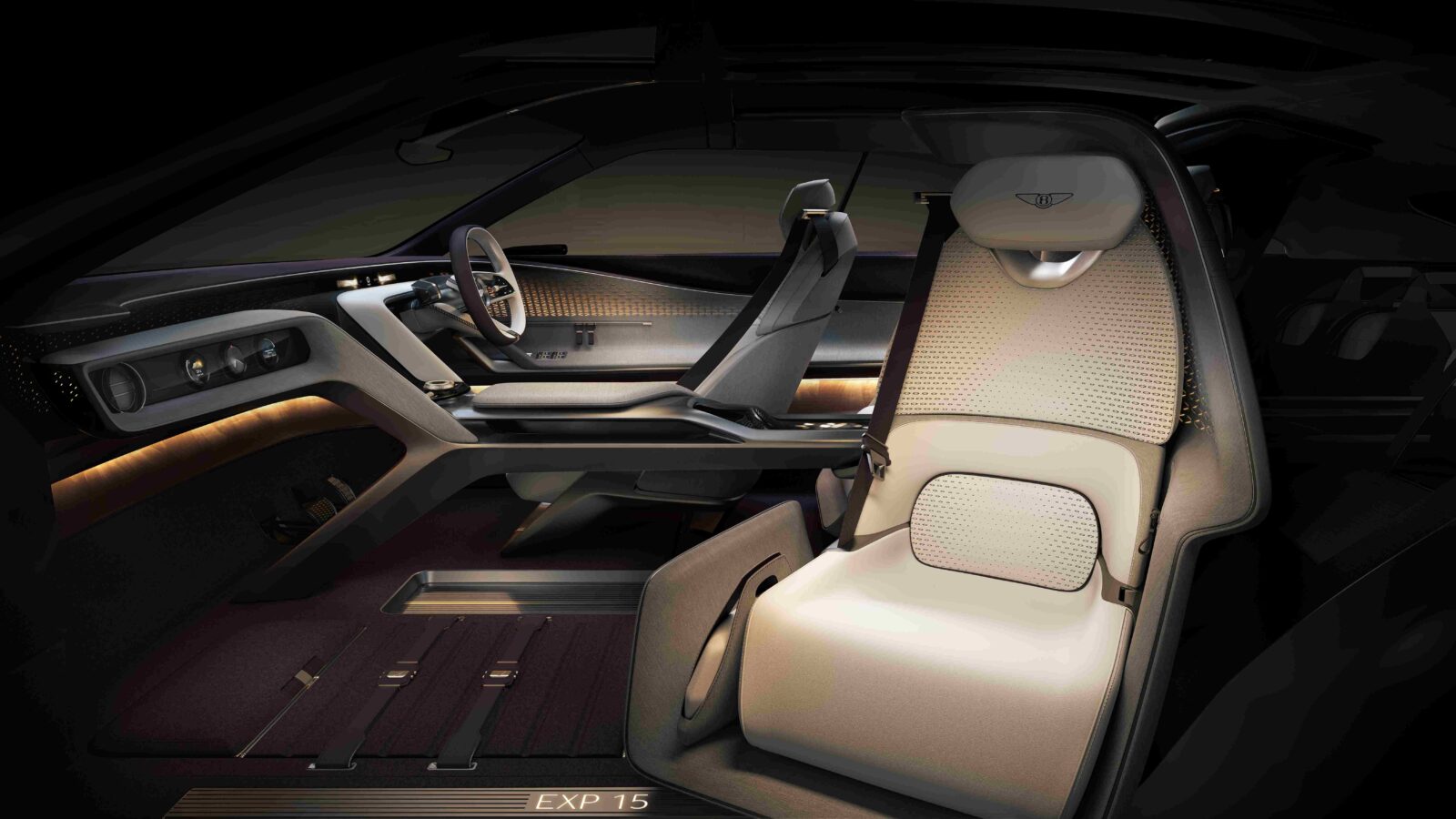
Tech and more
The interface mixes physical and screen-based inputs so that screens can recede when not in use, and the full-width dashboard can act as an interactive surface or switch off to show a wood layer under glass. A device sits in the centre behind the screen with moving, lit fingers that can show direction of travel and charge state, or sit as a static object when information is not needed, which gives people a clear focus point that is not always a screen. The intention is to maintain control and a consistent feeling over time, while reducing fatigue from constant screen use.
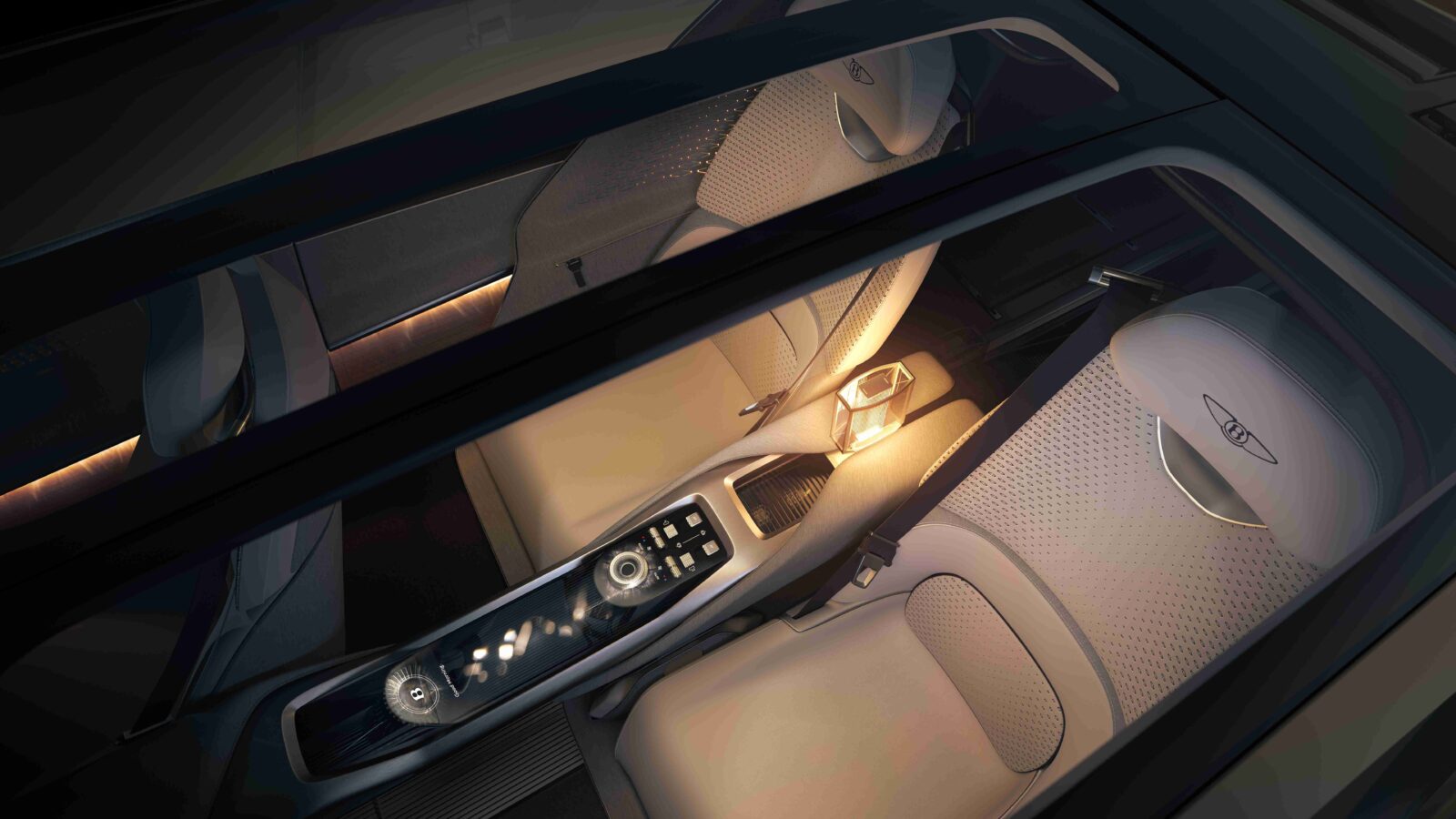
Material and colour work includes a paint called Pallas Gold that uses an aluminium pigment that allows radar signals to pass through and supports lidar detection through reflectivity, which links the finish to driver assistance hardware. Inside, a silk jacquard by Gainsborough was matched with a woven metal mesh called Acrylic Couture within acrylic, with backlit layers sitting behind cut veneers to create a quilt effect with depth without foam build-up. A wool textile by Fox Brothers is showcased alongside 3D-printed titanium parts, with additive processes supporting lower mass and reduced waste during manufacture.
The concept is set up as battery electric with all-wheel drive at a high level, with range or charging figures not provided since the study centres on design rather than full technical data. It is not a preview of a specific production car planned for 2026, and it does not set a platform, which keeps the brief open for future work. The link to the 1930 coupe sits in proportion, cabin position and storage layout rather than surface copy, and the interior presents a mix of physical and digital ideas that can move into later programmes if testing shows value.
